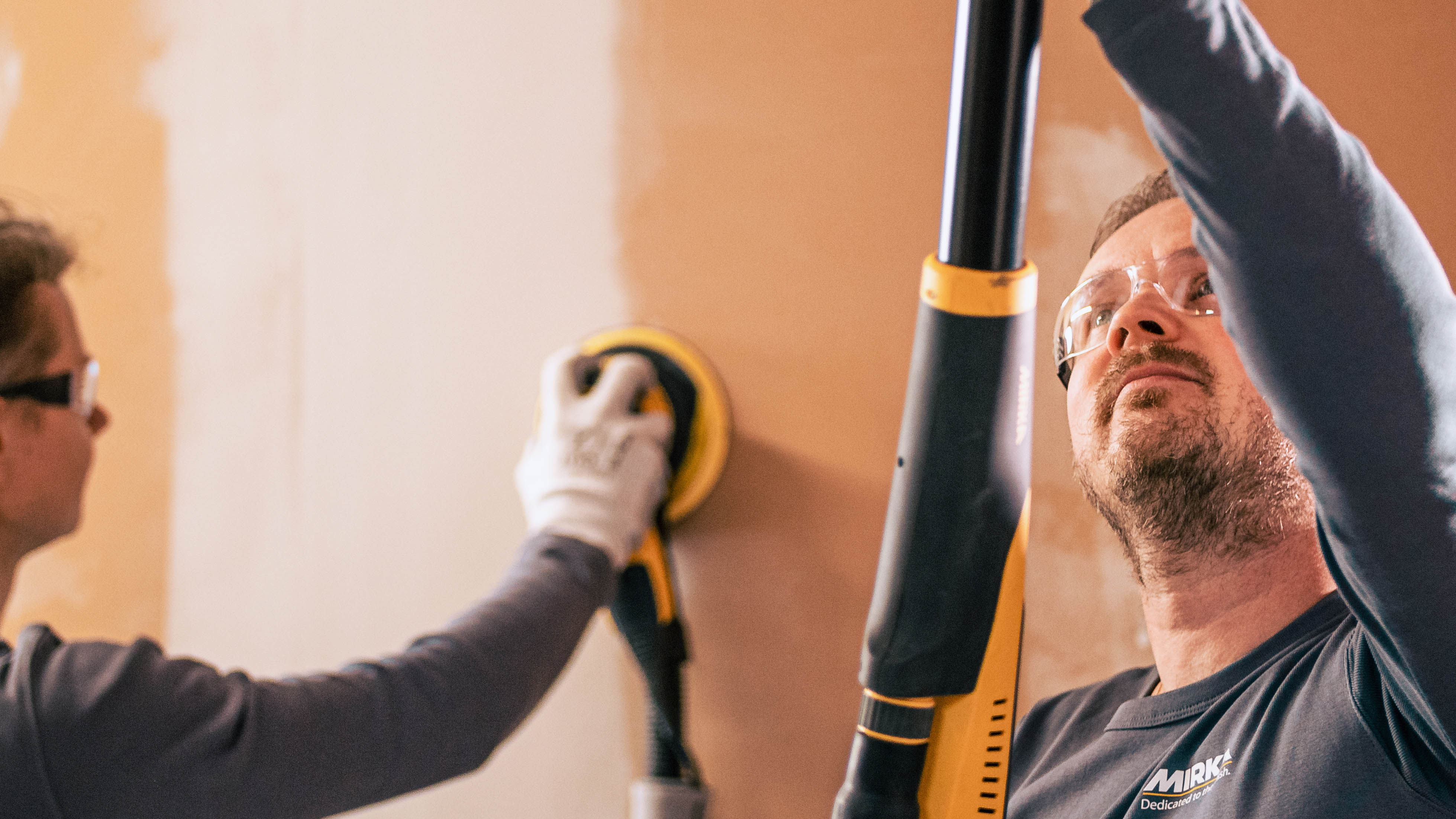If sanding related risks are not adequately addressed they can lead to injuries.
It all starts with a risk assessment in order to identify the hazards associated with a particular work task.
Include Everyone
The importance of including employees
From an organisation’s point of view, it is vital – and a legal requirement – that the employer place high importance on the safety and health of workers. Workers who know that their employers are concerned for their wellbeing and value their contribution are likely to thrive in the workplace.
Do Together
The importance of creating a community
Employee engagement and consultation help create an involved workforce, and open channels of communication that allow for honest dialogue will contribute to improved workplace relationships. Steps taken in the right direction will create change for the better.
Create a Culture
The importance of an open culture
A culture of safety – whether good or poor – generally starts at the top, but it is just as important for workers to be involved with identifying the hazards and developing methods to reduce the risks.
Get Your Free Copy of Our Whitepaper

In this whitepaper, we consider the hazards associated with the task of sanding and the harms that can result from prolonged exposure to those hazards.
We go into the deep and explore:
- What is sanding and why is it a necessary process?
- Sanding-related hazards, such as dust, noise, and hand-arm vibration
- Best-practice solutions for sanding-related activities


